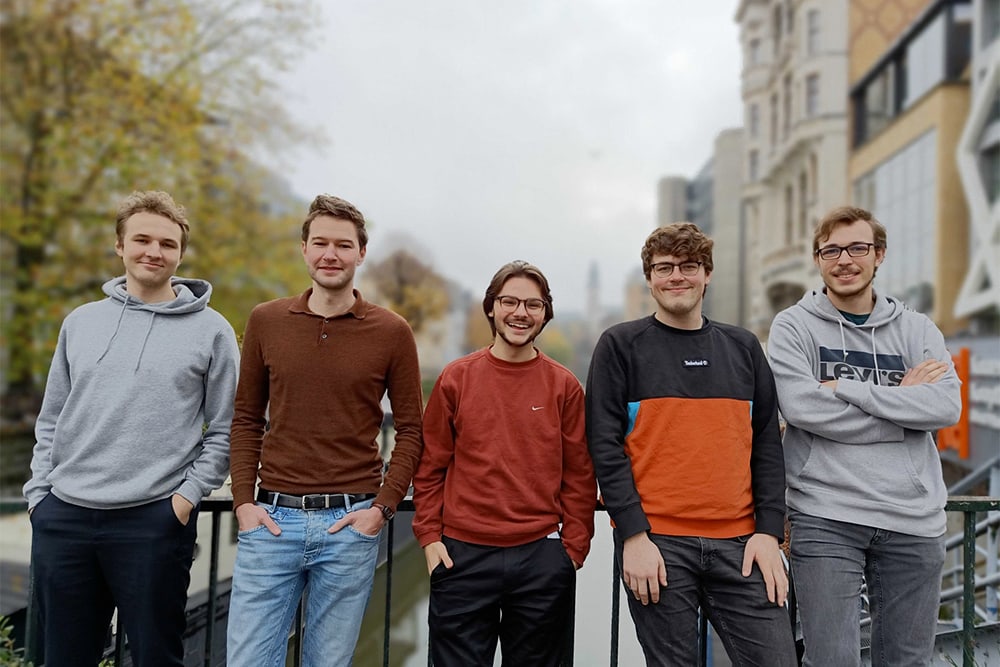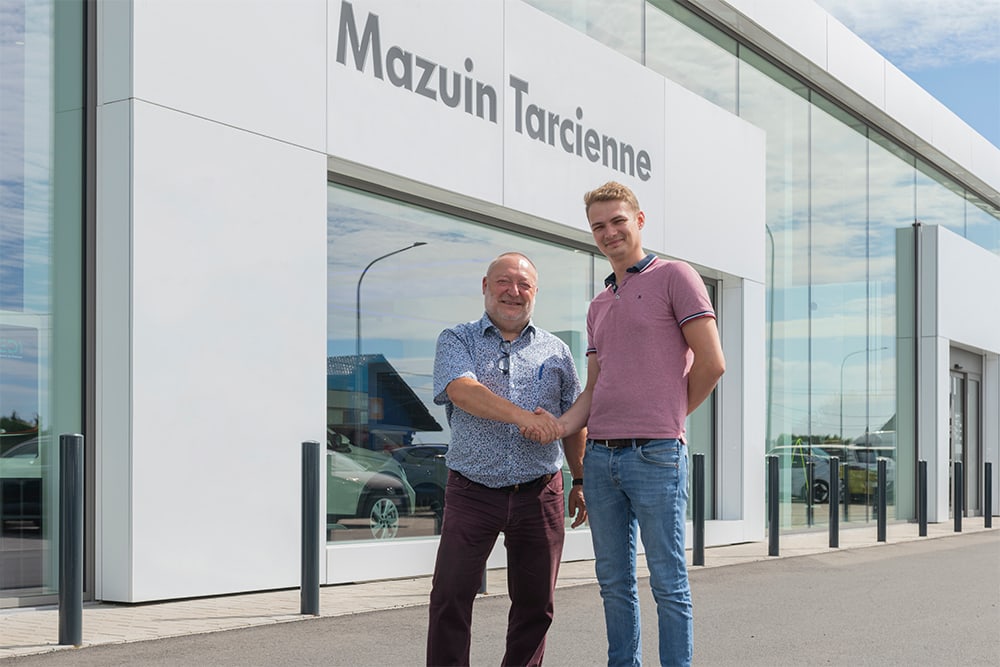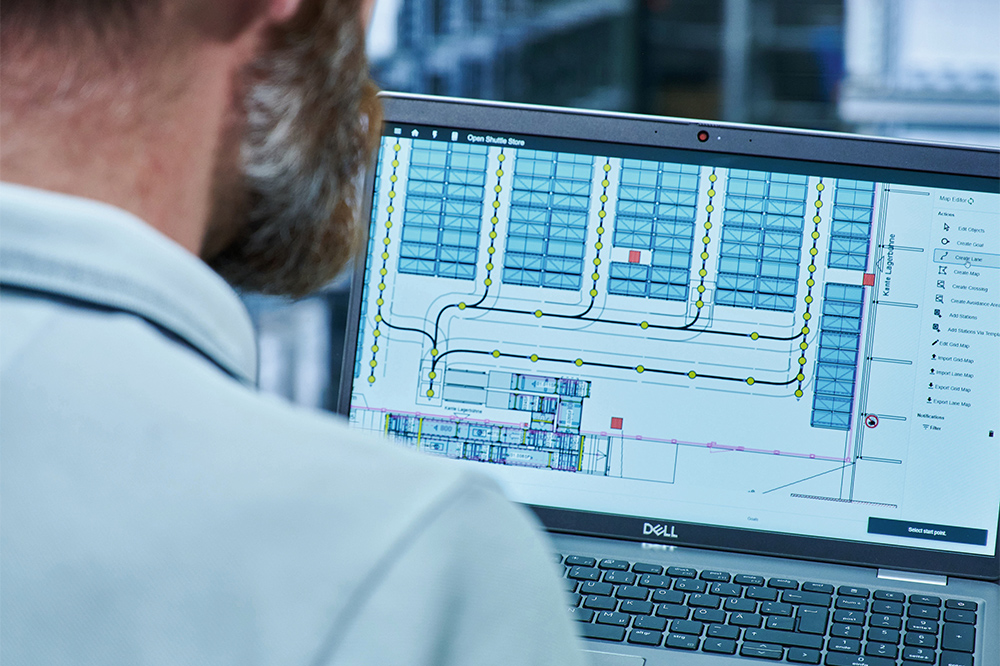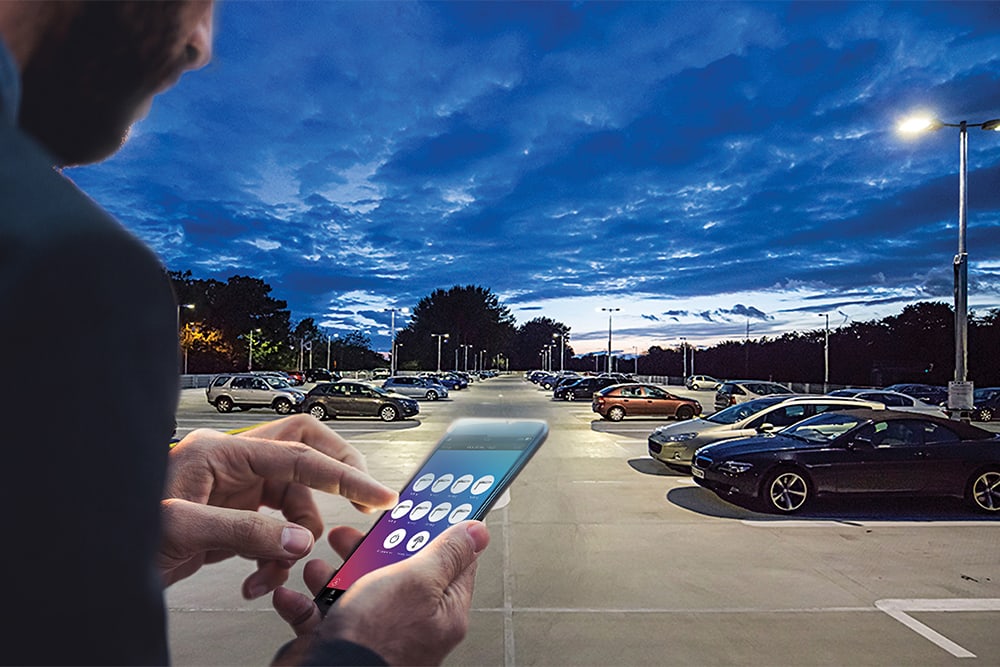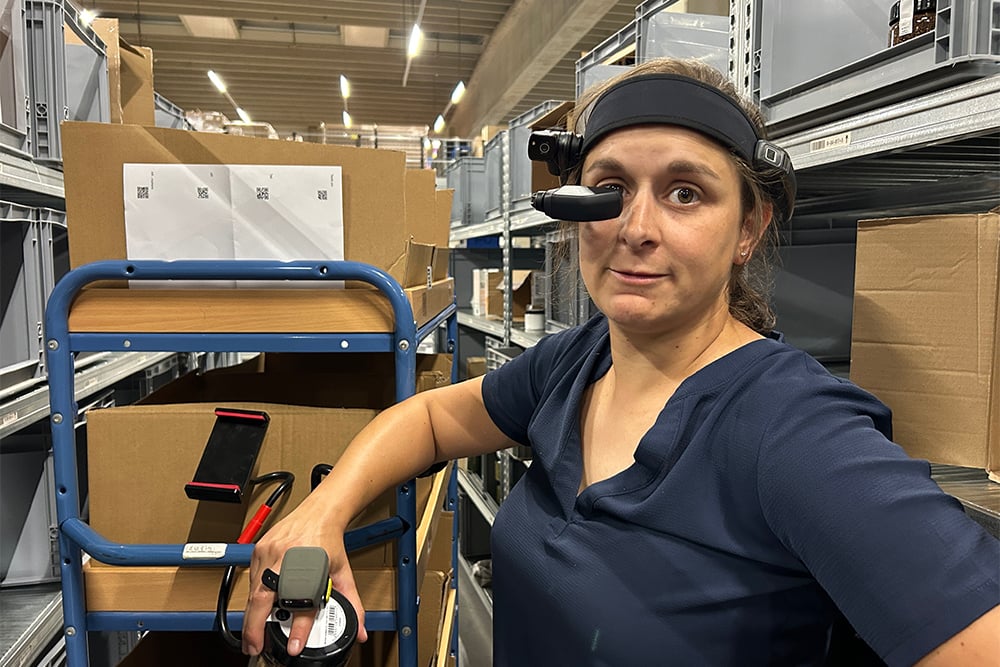
Smart Vision technology can already make logistics processes much more efficient
Smart Vision technologies such as advanced cameras and smart glasses can demonstrably increase the productivity and efficiency of logistics operations. They can add value - even for SMEs - in the further digitization of manual processes. Their return on investment (ROI) is also fast. This is evident from the results of VIL's "Smart Vision" project, which was presented today amid great interest.
While full automation is an option for some warehouses, many companies are taking a phased approach with the implementation of solutions that improve efficiency and support their employees. Smart Vision technology based on advanced cameras, sensors and smart algorithms is an efficient solution to enable intuitive human-machine collaboration.
To improve logistics operations, companies are primarily looking at Smart Vision solutions to increase accuracy and avoid errors; to increase efficiency; and to partially offset labor shortages.
During the VIL project, three Proof of Concepts were carried out within as many application domains of Smart Vision in logistics: order picking support (pick by smart glasses), inventorying with drones and avoiding (manual) barcode scans (scan-free pallet tracking).
Several business cases were also developed, showing that these solutions are not only feasible but also have a favorable ROI.
Payback period of one to two years
"From those business cases, we can conclude that deploying vision technology for the right "use case" is workable and realistic. The economic added value is real. The ROI is quick - barely one to two years - so it definitely pays to go for it", says Luc Pleysier, who led the VIL project. In fact, several participating companies took the decision - even before the project was completed - to test and even implement a Smart Vision solution in their warehouses.
Avoiding barcode scanning
One of them is Atlas Copco Portable Air in Aartselaar. There, 10 forklift trucks were equipped with cameras and sensors that monitor in real time the position of the trucks and the pallets being transported. The Warehouse Management System (WMS) will thus eventually be able to track the pick-up and drop-off location for each pallet without having to scan a barcode each time. In a normal operation, a pallet must be scanned at least three times in the warehouse, which takes an average of four seconds each time.
Vision technology thus makes it possible to avoid up to several thousand scans per year, leading to significant productivity gains.
“Scannerless pallet tracking and location is indeed a compelling business case. This technology also heralds the introduction of AI-assisted "computer vision" into the warehouse, enabling the next big efficiency boost", states Bowout Broucke, Logistics Engineer at Atlas Copco Airpower.
Artificial intelligence is next step
"Solutions already exist where vision technology is linked to artificial intelligence. However, this technology is still in its early stages. Once AI can be used to its full potential, for example to feed "digital twins" with data, Smart Vision technology will be taken to an even higher level. It can then also be used in much more complex operations.", believes Luc Pleysier.
Quick payback period for transport robots as well
Today, VIL also presented the results of the Flexin²Log project on the deployment of transport robots within production and warehouse logistics, which was conducted together with Sirris. Here, too, the results are very positive. These robots actually improve the efficiency of logistics processes and fewer logistics employees need to be used, which is a clear plus given the tight labor market. A business case conducted as part of this project shows that the payback period for a transport robot is short, specifically 33 months.
Project participants Smart Vision: Atlas Copco, Barry Callebaut, bpost, Colruyt Group, Gates Distribution, Globis, Greenyard, Hairco, Iristick, Komono, Pit&Pit, Scania Parts Logistics, Screenit and Vistalink.
Project partner: Flanders Make
This project was co-funded by VLAIO.
